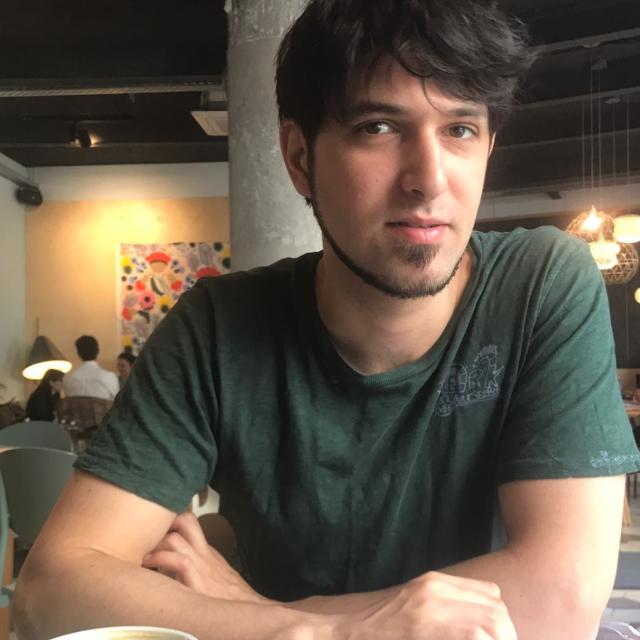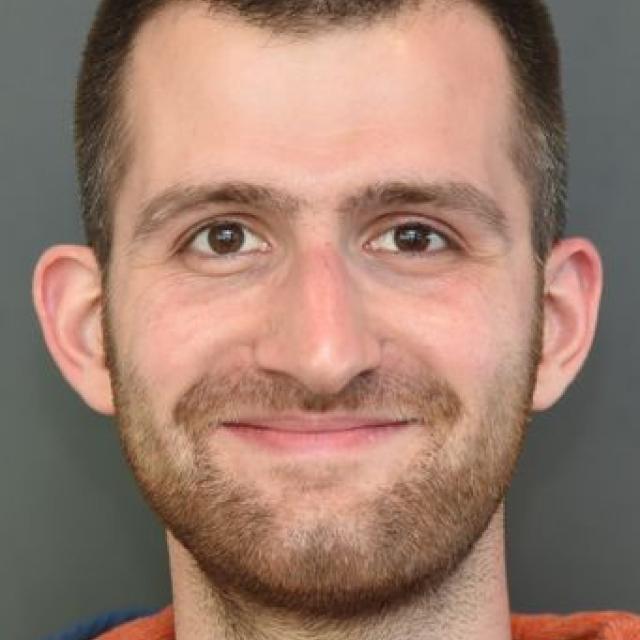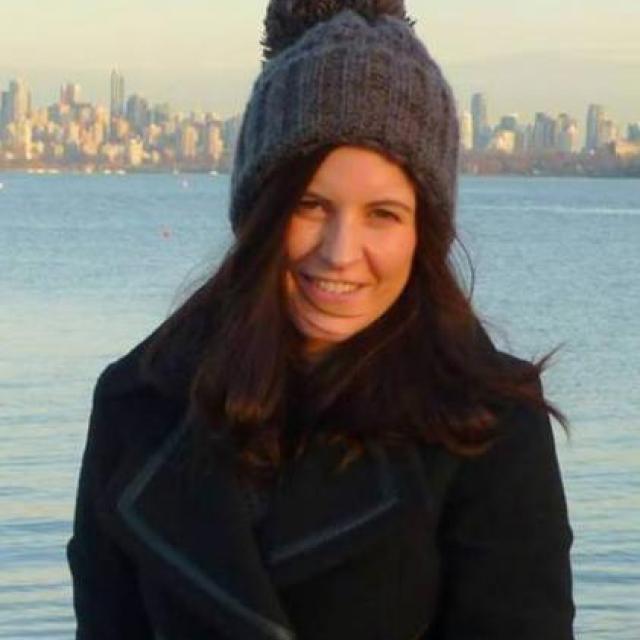PIMS Scientific Session
Topic
This is a special session organized as part of a visit to PIMS by Christophe Besse, Director of INSMI/CNRS Mathematics, and Frederic Herau, Deputy Director, International Relationships, INSMI/CNRS Mathematics.
The talks will cover work facilitated by funding from the CNRS or collaborations with CNRS-affiliated researchers.
Speakers
Details
12:30 - 1:30 PM: Lunch/Coffee/Tea/Snacks
1:30 - 1:35: Opening Remarks
1:35 - 1:50: Jonathan Hermon
A simple characterization of the effective resistance metric on vertex transitive graphs
The effective resistance satisfies the triangle inequality and thus defines a metric. For finite graphs, this metric contains all of the information about the expected hitting times between pairs of vertices as well as about the cover time of the graph (= the first time by which every vertex has been visited at least once).
We show that for transitive graphs, the effective resistance between a pair of vertices o and x, which are at distance r from one another, is comparable (up to a constant multiplicative factor, depending only on the degree) to the expected number of returns to the origin by time r^2. We use this (in the transitive bounded degree setup) to:
(1) Give a complete characterization of the effective resistance metric up to quasi-isometries, with effective O(1) implicit constants.
(2) Give simple formulas, involving few natural geometric quantities, for the orders of the expected cover time and the maximal (over all pairs) effective resistance between a pair of vertices.
Joint work with Lucas Teyssier (UBC) and Matt Tointon (U. Bristol).
1:50 - 2:05: Lucas Teyssier
Bounds on characters of symmetric groups and mixing times
Card shuffles can be seen as Markov chains on symmetric groups. One way to analyze them is via Fourier analysis, which for groups is also called representation theory. The eigenvalues of these Markov chains can be expressed as characters of symmetric groups, which for symmetric groups have explicit but complicated combinatorial expressions involving Young diagrams. A fruitful approach that I developed in the last two years is to use the Naruse hook length formula (a recent explicit formula for the number of standard tableaux of skew diagrams) to obtain asymptotics of characters. This led to optimal “exponential” character bounds and mixing time results (a phase transition + the fluctuations) for a broad class of conjugacy invariant random walks on symmetric groups, a class of shuffles that generalizes the random transposition shuffle studied by Diaconis and Shahshahani. The talk will present some history and results in this direction.
2:05 - 2:20: Marni Mishna
Differential Transcendence and Combinatorics
When does a series satisfy an algebraic differential equation? Techniques to answer this have been developed since the 19-th century. Combinatorics provides an intuitive framework to study power series, and to consider this question. Solutions to certain kinds of iterative equations (like Mahler equations) that additionally satisfy an algebraic differential equation must also be very simple, such as Taylor series of a rational function. In spring 2023 Lucia Di Vizio (CNRS, Versailles) was a CNRS-PIMS visitor to SFU. Together, with results from Gwladys Fernandes we showed that differentially algebraic series solutions to a class of general iterative equations have a similar simple structure. We applied this to series from combinatorics like the Green’s function for the Sierpinski fractal graph, counting series for families of complete trees and series from pattern avoiding permutations giving simple proofs of differential transcendence. This strategy has subsequently been applied to entire classes of fractal graphs with consequences on characterizing fractals with certain spectral properties.
2:20 - 2:35: Khanh Dao Duc
Building new metrics for analyzing large biological shape data
I'll give a brief overview of how the PIMS-CNRS visiting student program allowed me to recruit French students to work on various problems motivated from biological applications, with the development of methods from optimal transport for shape analysis.
2:35 - 3:00: Coffee Break
3:00 - 3:15: Anthony Wachs
Fluid mechanics of multiphase systems
I will shortly discuss my research group's work on the numerical modelling of particle-laden flows and explain how this research effort has been supported over the years by various PIMS-CNRS programs as well as my existing long term connections with the French research ecosystem.
3:15 - 3:30: Paul Vigneaux
Fluid connections: yield stress flows
We will present our scientific collaborations in the field of applied mathematics and scientific computing with our colleagues at UBC, thanks to the CNRS Mathematics' délégations (one-year residency at PIMS IRL).
3:30 - 3:45: Sabin Cautis
The derived category of the commuting stack
I will briefly discuss ongoing work with Tudor Padurariu on a fundamental geometric object that lies at the intersection of algebraic geometry, representation theory and mathematical physics.
3:45 - 4:00: Rachel Ollivier
On the mod p Langlands Program
I will report on ongoing work related to the mod p Langlands program, an área of pure mathematics with deep ramifications in number theory and representation theory, to which the French mathematical community has made major contributions. My research in this field has been fueled by many interactions with colleagues in France. I will mention in particular a collaboration initiated in Paris with Marie-France Vignéras (IMJ).







